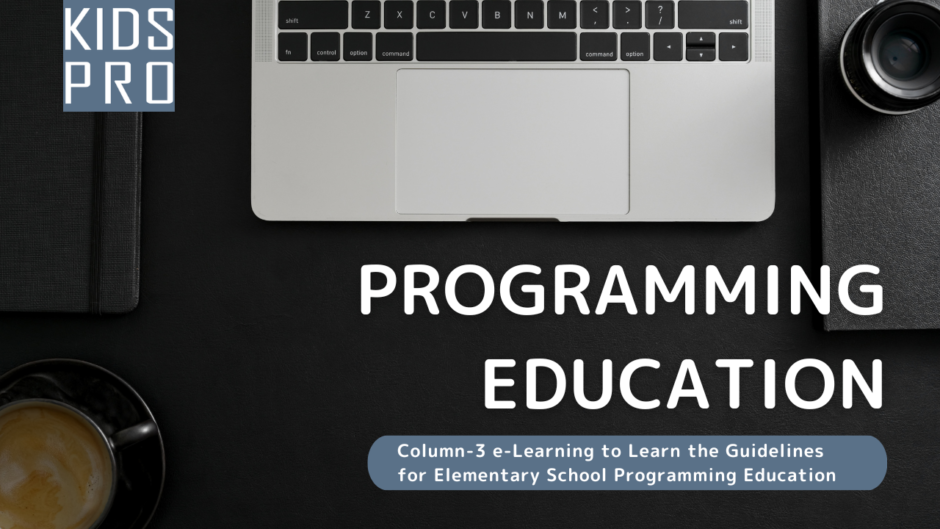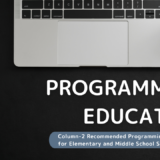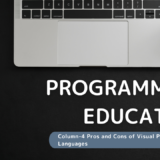The “e-Learning to Learn the Guidelines for Elementary School Programming Education” (hereinafter referred to as “e-Programming“), which won the GIGA School Special Category Award at the Japan e-Learning Awards, was developed as educational materials for learning the teaching examples of the Guidelines for Elementary School Programming Education (3rd edition) prepared by the Ministry of Education, Culture, Sports, Science and Technology. The e-Programming was developed as a teaching material for learning the teaching examples in the Guide to Elementary School Programming Education (Third Edition) prepared by the Ministry of Education, Culture, Sports, Science and Technology.
The e-Programming system is designed to significantly reduce the burden on teachers. Students with a certain level of Scratch programming experience can learn programming without teacher support. The program is designed so that students can learn how computers work through hands-on programming experience.
The intro video explains what students will learn in each unit using animation, so that students can start programming after understanding the intent of the learning process.
The “Lesson Videos” are tutorial videos using Scratch and MakeCode, allowing students to learn how computers work while experiencing programming.
Instructional examples A-1: In drawing regular polygons, use Scratch to create programs for “drawing regular polygons with variables” and “drawing 100 stars in the night sky”; A-2: In properties and functions of electricity, use MakeCode and micro:bit to create “how electricity turns on and off according to brightness and vibration” and “balance A-3-5 Inquiry-based learning about information, students will use Scratch to create “a simulation of a vending machine,” “an 8-language touch-panel city guide display,” and “a simulation of an automobile manufacturing line,” and in B-1 Music making, students will use Scratch to create “a chorus of frogs singing in a circle,” etc. B-1 Music Creation
The “Test Page” and “Assignment Page” are intended to review and deepen understanding of what students have learned in the lesson videos, while the “Teacher’s Guide” provides useful information for teaching and a completed version of the program.
The units described in the Elementary Programming Education Guide are excellent for learning about how computers work. However, a lot of preparation and effort will be required to conduct classes in which students learn through hands-on programming in units such as vending machine mechanisms, city information boards, and production lines. As those who have programmed vending machine mechanisms, city information boards, and manufacturing lines will know, even just making the machines yourself requires a certain level of programming experience and skill, and teaching a class requires even more experience and skill.
The e-programming can be used by purchasing only one account if it is projected on a projector or large monitor (elementary school personnel can use the coupon code “KIDSPRO2022” for 30% discounts and as many times as they wish). The company also publishes books, which should be used for classes and other purposes.
 eJr Programming
eJr Programming 


